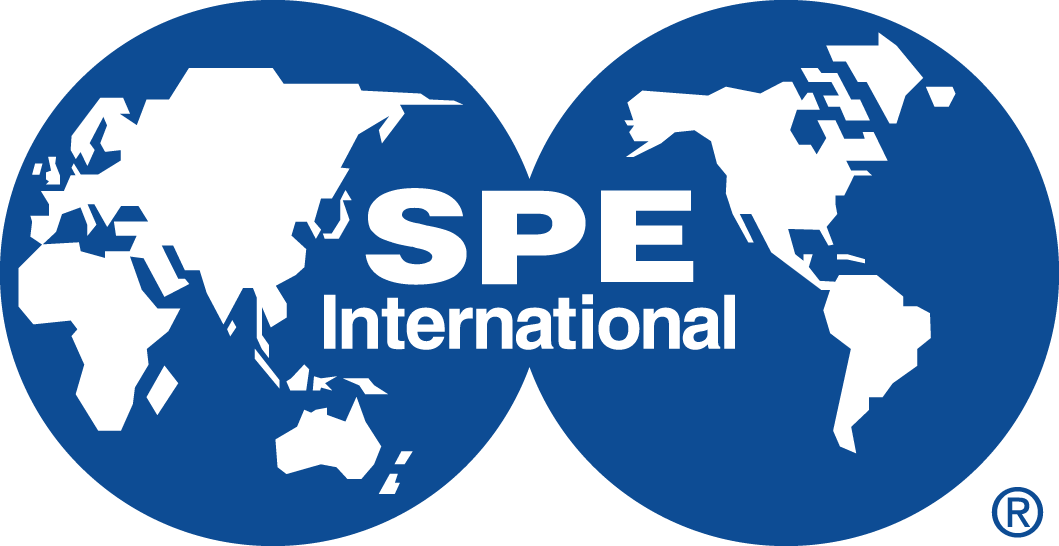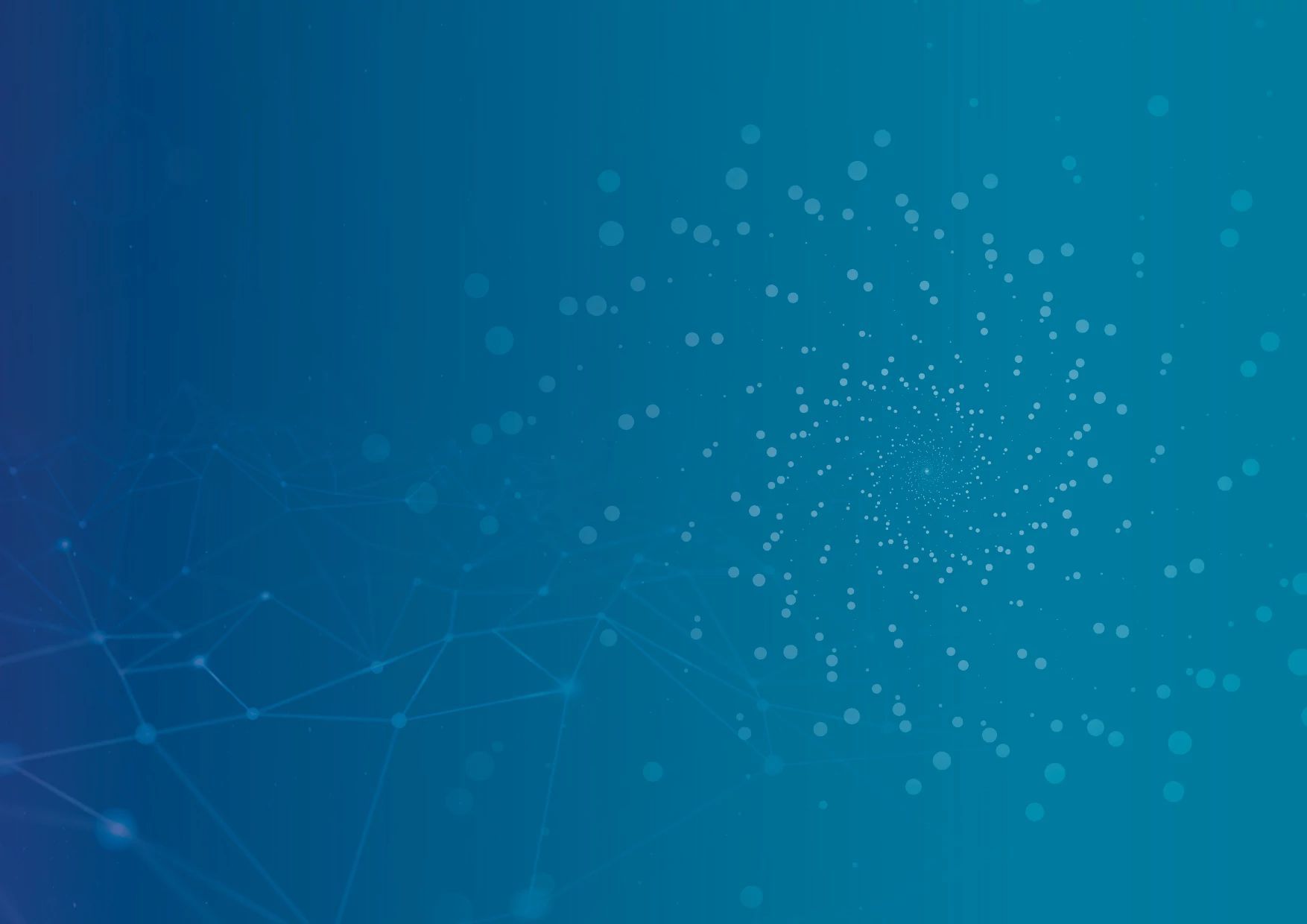Technical Program
-
Wayana Ballroom60 mins
-
Wayana Ballroom30 mins
-
Wayana Ballroom90 mins
Ultrafiltration is a highly effective filtration technology for the treatment of produced water. UF may be used to effectively remove contaminants from produced water while allowing water molecules and dissolved species to pass through. The use of ultrafiltration in produced water treatment helps to meet environmental regulations, minimize the discharge of pollutants, and recover valuable water resources for reinjection and act as pretreatment for desalination. However, the cost of implementing and operating ultrafiltration systems, including energy consumption and membrane replacement, can be significant. The risk of membrane fouling can impact the operations and overall cost of UF system Moreover, the variability in water quality and composition of produced water from different oil and gas fields presents a challenge in selecting the appropriate ultrafiltration system and membrane configuration.
Beside this efficiency, special care needs to be addressed to the membrane reject in order to have an adequate final disposal, and full environmental benefits.
Session Chairs: Cheng Chen, Chevron, Steve Coffee, Produced Water Solutions
Speakers:
- The Economic Significance of High Membrane Recovery Rates when Treating Produced Water
David Bromley, DBE-RSL - Polymeric Hollow-fibre Ultrafiltration for Produced Water Polishing and Re-injection Offshore
Sean Johnstone, Veolia; El Hadji Ndiaye, TotalEnergies - Pilot-Scale Ceramic Membrane Filtration for Produced Water: Performance and Insights
Felipe Aguiar, GIGWATER
- The Economic Significance of High Membrane Recovery Rates when Treating Produced Water
-
30 mins
-
Wayana Ballroom90 mins
Nanofiltration is a highly efficient and sustainable technology for the removal of sulfates from seawater. Its selective separation capabilities, cost-effectiveness, and environmental friendliness make it an attractive solution for water injection in several oilfields. However, these systems also present unique challenges in terms of design and operation that need to be carefully addressed to ensure their efficient and reliable performance. One of the primary challenges faced in the design of nanofiltration systems for offshore platforms is the limited space available, mainly for plants that has to deliver more than 200k bpd (32000 m³/d) of treated seawater, sometimes in very low concentration, including challenging specifications such as lower than 10 mg/L. High efficiency or capacity membranes are in a continuous evolution. Maintenance and monitoring of nanofiltration systems on offshore platforms can also be challenging. The remote location of these platforms and limited access to skilled personnel make it essential to have robust monitoring systems in place. Regular monitoring of system performance, including pressure differentials, flow rates, and water quality parameters, is necessary to detect any deviations from optimal operation and promptly address them.
Session Chairs: Claudio Furtado, Petrobras; Marcus Simionato, Veolia
Presentations:
- 20 years Using Nanonofiltration to Remove Sulphate from Sea Water
Gustavo Lage, Petrobras - Remote Monitoring: Best Practices in Operation and Maintenance to Increase the Performance of Sulfate Removal Systems
Thais Mourão, Veolia - Enhancing Reliability and Performance of Membrane Systems for Sulfate Removal in Oilfield Applications
Ramon Garrote, Hydraunatics
- 20 years Using Nanonofiltration to Remove Sulphate from Sea Water
-
90 mins
-
Wayana Ballroom90 mins
Nanofiltration (NF) and Reverse Osmosis (RO) membranes are vital in offshore water treatment for desalination and sulfate removal to maintain reservoir integrity and pressure. Their performance and lifespan depend on effective cleaning and maintenance. Pre-treatment is crucial to prevent fouling and scaling, reducing cleaning frequency and extending membrane life. Cleaning in Place (CIP) is the main maintenance procedure of the nanofiltration membranes which involves: flushings, alkaline and acid steps. Flushings are used to decrease the salinity on membranes surface also helping on removal of cleaning solutions, improving the process, alkaline cleaning (pH 10-11) removes organic fouling and biofilm, while acid cleaning (pH 3-4) dissolves inorganic scales and restores permeability. The efficiency of these processes ensures membrane performance increasing their lifetime.
Session Chairs: Lara Almeida, SBM; Daniela Romão, NOV
Speakers:
- Using Data to Action – Process Optimization via Targeted SR CIP Procedures
Esther Lian, NOV - Membrane Cleaning and Maintenance in Offshore SRU using Machine Learning KPI’s
Dr. Cheng Chen, Martin Morles, Lauren Flores, Mike Hurst , Chevron - Membranes Go Digital: Predicting Performance and Lifetime in Seawater Treatment
Deepak Bassi, Cintia Schulz, Lina Paola Charry Tovar, SLB
- Using Data to Action – Process Optimization via Targeted SR CIP Procedures
-
30 mins
-
Wayana Ballroom90 mins
Water injection deaeration is key to prevent corrosion and avoid the growth of aerobic bacteria on injection wells, which can cause severe damage to pipelines and subsea infrastructures and contribute to clogging issues in the reservoir.
Membrane deaeration offers a sustainable and energy-efficient solution for the removal of dissolved gases from injection water. Its selective separation capabilities, compact design, and scalability make it an attractive option for water injection treatment.
One of the key advantages of membrane deaeration is its ability to achieve high deaeration efficiency while minimizing energy consumption.
Additionally, the reduction of chemical injection minimizes the need for chemical handling and disposal and reduces overall operational costs.Session Chairs: Carla Pombo, Shell; Cristiano Borges, UFRJ
Speakers:
- Membrane-Based Deoxygenation in Offshore Water Injection: Liqui-Cel® Performance and Benchmarking
Carla Pombo, Shell - Injection Water Deaeration - Membrane Degassers a Compact Lighter Alternative to Conventional Technology
Joel Cardona, Solventum - Membranes for O2 Removal: Fundamentals, Options and Challenges
Daniel Brooke Peig, DuPont Water Solutions
- Membrane-Based Deoxygenation in Offshore Water Injection: Liqui-Cel® Performance and Benchmarking
-
90 mins
-
30 mins
-
Wayana Ballroom90 mins
Continuous advancements in membrane materials and design have led to enhanced membrane performance, offering significant improvements in efficiency, reliability, and cost-effectiveness. The advancement of membrane materials, such as nanocomposite membranes and thin-film nanocomposite membranes, has contributed to enhanced performance in water treatment. These materials offer superior mechanical strength, chemical resistance, and fouling resistance, improving membrane durability and stability in challenging water treatment applications. Researchers and engineers have developed various strategies to mitigate fouling, such as surface modifications, advanced cleaning techniques, and the use of anti-fouling agents. These innovations help to prolong membrane lifespan, reduce maintenance requirements, and improve overall water treatment efficiency.
Session Chairs: Cristiano Borges, UFRJ; Pierre Pedenaud, TotalEnergies
Speakers:
- Holistic Innovation to Enhance Nanofiltration Performance
Fred Liberatore, Veolia - Reducing Pretreatment Burden with Advanced Membranes for Produced Water Treatment
Jinwen Wang, PolyCera - Chlorine Stable Reverse Osmosis and Nanofiltration Membranes for Wastewater Treatment and Sulfate Removal
Sue Merchan, Nala Membranes
- Holistic Innovation to Enhance Nanofiltration Performance
-
30 mins
-
Wayana Ballroom90 mins
Membrane replacement strategy and utilization in offshore facilities requires careful consideration of logistics, maintenance and membrane lifetime. Proper planning for membrane selection, procurement, transportation, and personnel availability is essential to minimize downtime and ensure smooth operations. Monitoring membrane performance, implementing maintenance protocols, and exploring retrofitting options can help maximize membrane lifetime and optimize the efficiency of offshore facilities. By addressing these factors, operators can effectively manage membrane replacements and maintain the reliable and sustainable performance of their offshore systems.
Session Chairs: Gustavo Lage, Petrobras; Wally Georgie, MaxOilConsultancy
Speakers:
- TotalEnergies 25 years Field Experiences in Membrane Management Replacement and Logistics
Pierre Pedenaud, TotalEnergies - From Replacement to Preservation: Increasing Membrane Lifetime in SBM Units
Lara Almeida, SBM - Strategy for Extending the Lifetime of Reverse Osmosis and Nanofiltration Membranes
Yuri Gome Leite e Silva, PAM Membranas
- TotalEnergies 25 years Field Experiences in Membrane Management Replacement and Logistics
-
90 mins
-
Wayana Ballroom90 mins
Trends and new membrane technologies for offshore water treatment applications have been utilized for both water injection and produced water treatment systems. For water injection applications, it came with the main objective of increasing injection water quality and availability of the optimum quality in terms of low suspended solid, low sulfate and lower other soluble ions operational reliability and injection efficiency. Maintaining the main advantages of modular, compact systems providing high quality treated water. In terms of produced water treatment, suitable applications of membrane technologies can be beneficial in achieving the required water quality for either discharge, reuse, or reinjection.
Session Chairs: Priscilla Florido, Petrobras; Wally Georgie, MaxOilConsultancy
Speakers:
- The Use of Magnetics Fields in Biofouling Control
Priscilla Florido, Petrobras; Marco Di Luccio, UFSC
- Membrane Solutions in Treating High Salinity Brine for Mineral Extraction and Water Recycle Use
Ramon Garrote; Xiaofei Huang, Hydranautics - Application and the Benefits of Using Pressure Exchanger (PX) in Desalination – A High-Efficiency Energy Recovery Solution
Koh Jiunn Kai, Hitachi Aqua-Tech Engineering Pte Ltd
- The Use of Magnetics Fields in Biofouling Control
-
30 mins
-
Wayana Ballroom90 mins
Pre-treatment systems play a crucial role in Membrane Processes for seawater injection for offshore oil and gas production. Filtration, disinfection, chemical dosing, and coagulation are key processes used to remove contaminants, control microbial growth, prevent fouling, and enhance the reliability and efficiency of membrane systems. Implementing a reliable pre-treatment systems and water quality intake ensures the performance and production of high-quality sea water for injection, protecting the reservoir against souring and scaling problems, avoiding squeezing operations and maximizing hydrocarbon recovery in offshore operations.
Session Chairs: Daniela Romão, NOV; Gustavo Lage, Petrobras
Speakers:
- Importance of Disinfection Procedures at SRU Pre-treatment Systems
Rafaela Bahia, Modec
- Hidro-ÓpticUV Disinfection: Advanced Biofouling Control for Nanofiltration Membranes in Sulphate Removal Units (SRU) on FPSOs
Paulo Carvalho, Atlantium Technologies - UV Disinfection Applied to Seawater Injection on Petrobras Platforms
Rogério Henriques Motta, Petrobras - Cenpes
- Importance of Disinfection Procedures at SRU Pre-treatment Systems
-
30 mins
-
Wayana Ballroom90 mins
Ultrafiltration technology adds reliability to SRU pretreatment providing ultrafiltered water with superior quality than conventional filters and cartridges. Ultrafiltration membranes ensure the availability of the SRU by maintaining the operational campaign times and, in addition, increase their useful life. UF membrane can also be used alone to meet the stringent particle size specifications for seawater injection. The automatic backwash and cleaning system of the UF (CEB's) makes the injection less intensive in the operator's HH.
Session Chairs: Priscilla Florido, Petrobras; Pierre Pedenaud, TotalEnergies
Speakers:
- Overview of Ultrafiltration Units for Injection Water Treatment: Projects, Perspectives and Challenges
Bruna Cabral Araújo, Petrobras
- Ultrafiltration for Seawater Treatment
Daniel Brooke Peig, DuPont Water Solutions - Ultrafiltration Design Precautions and Operational Lessons Learned
Paulo Ortiz, NOV
- Overview of Ultrafiltration Units for Injection Water Treatment: Projects, Perspectives and Challenges
-
30 mins
-
Wayana Ballroom60 mins
The membrane and chemical compatibility test ensure membranes can perform effectively under specific chemical conditions without damage. By exposing membranes to various chemicals at controlled concentrations, periods, and temperatures, the test assesses potential performance loss, structural changes, and thermal stability. This process is crucial for detecting possible failures or premature degradation, ensuring membranes are fit for their intended use.
Session Chairs: Claudio Furtado, Petrobras; Lara Almeida, SBM
Speakers:
- Evaluation of Nanofiltration Membranes Performance in Contact with Different Biocides
Cristiano Borges, COPPE/UFRJ
- Results of Various UF Membrane Test Comparison on TotalEnergies’s Pilot
Eric Tournis, Pierre Pedenaud, TotalEnergies
- Evaluation of Nanofiltration Membranes Performance in Contact with Different Biocides
-
15 mins

